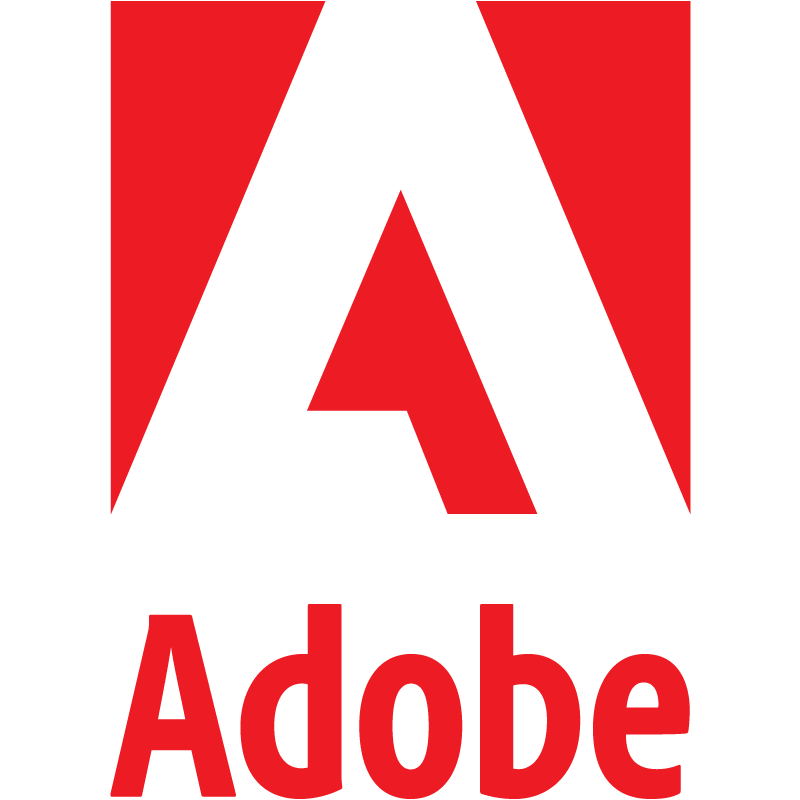The spread of COVID-19 has brought unprecedented human challenges. The pandemic has forced the organizations worldwide towards adopting new ways of working. Many companies are acting swiftly to safeguard their employees and to migrate to new ways of working. The situation has also accelerated the need to upskill and retrain the individual employees. Companies can provide relevant and engaging digital learning courses and modules to their employees during the current crisis and beyond.
The modern business environment is bound to have rapid developments, changes, and innovations. Therefore, organizations need to upskill their employees to take advantage of these changes. Organizations and business houses need to use and deploy the latest techniques and methods in digital learning so that they can prepare their workforce for the future.
Digital learning is not just about using the latest smartphone or tablet to learn. It encompasses eLearning, continuous learning journeys, blended learning, and much more. Some examples of digital learning methods and techniques include eLearning, mobile learning, microlearning, gamified learning, just-in-time learning, and learning from MOOCs (massive open online courses).
Here are the five ways to provide digital learning to your remote workforce in the new way of work.
1. Provide Updated Learning Materials In Your Digital Learning
Social media channels and entertainment platforms often provide a variety of content with creativity and novelty by updating the old content and continuously adding new genres and content. In digital learning also, you can follow a similar approach and maintain quality in your digital learning by periodically updating your training material and continuously adding new content. This way your digital learning content can engage and intrigue your employees to take up the training.
2. Use Microlearning Solutions
Employees in the present times wish to have flexible training modules, courses, or plans that are not time-consuming. Remote workers in the present crisis may not wish to spend their time going through long hours of training. They want quick and on-the-go training courses or modules. More importantly, they will be happy if the courses are accessible through their mobile devices. To meet all these requirements, microlearning solutions and modules are a suitable way to support digital learning in the new way of work. In microlearning, you can provide digital content in short bite-sized modules in a variety of formats like videos, animations, and infographics. Microlearning courses can create an engaging experience for the learners. Another advantage is that microlearning courses are conducive to be delivered on mobile devices like smartphones and tablets.
3. Promote A Culture Of Lifelong Learning In Your Employees
You need to promote a culture of self-directed and lifelong learning in your employees. Most of us are aware that entertainment streaming platforms make recommendations based on user search using data analytics. Similarly, you can use data-driven algorithms and data analytics in your digital learning platforms to make recommendations on skillsets and topics that your employees might like based on their previous search, their role, or position. Such recommended content is more likely to motivate your employees to utilize the opportunity for continued learning. It can also increase learner engagement in digital learning.
4. Understand The Learning Needs Of Your Employees
Like classroom training, digital learning can also provide virtually endless opportunities to your employees. Learning needs are the gap between an employee’s current level of knowledge and skills and the level of knowledge and skills required to perform a task. Employees may have different learning needs. You need to understand their learning needs and provide digital content accordingly. This keeps the employees motivated and engaged in learning. Also, they work towards achieving their personal goals within the wider context of the company’s business goals.
5. Use The Data To Plan The Future Course Of Action
Digital learning can provide learning-related data at the individual, functional, and organizational level. This data can provide useful insights to plan the future course of action and learning agenda for your organization. Using the data, L&D professionals can create objective learning strategies for your employees and see the impact on your business. The curated learning paths and pre-designed assignments can make it easier for L&D professionals to design and administer digital learning courses as per the learning needs of your employees.
You must be logged in to post a comment.









